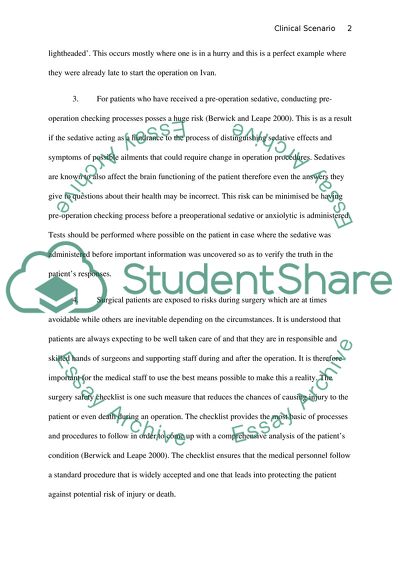Cite this document
(Safe Health Care: Are We up to It Case Study Example | Topics and Well Written Essays - 3750 words, n.d.)
Safe Health Care: Are We up to It Case Study Example | Topics and Well Written Essays - 3750 words. Retrieved from https://studentshare.org/health-sciences-medicine/1738667-contemporary-nursing
Safe Health Care: Are We up to It Case Study Example | Topics and Well Written Essays - 3750 words. Retrieved from https://studentshare.org/health-sciences-medicine/1738667-contemporary-nursing
(Safe Health Care: Are We up to It Case Study Example | Topics and Well Written Essays - 3750 Words)
Safe Health Care: Are We up to It Case Study Example | Topics and Well Written Essays - 3750 Words. https://studentshare.org/health-sciences-medicine/1738667-contemporary-nursing.
Safe Health Care: Are We up to It Case Study Example | Topics and Well Written Essays - 3750 Words. https://studentshare.org/health-sciences-medicine/1738667-contemporary-nursing.
“Safe Health Care: Are We up to It Case Study Example | Topics and Well Written Essays - 3750 Words”, n.d. https://studentshare.org/health-sciences-medicine/1738667-contemporary-nursing.


